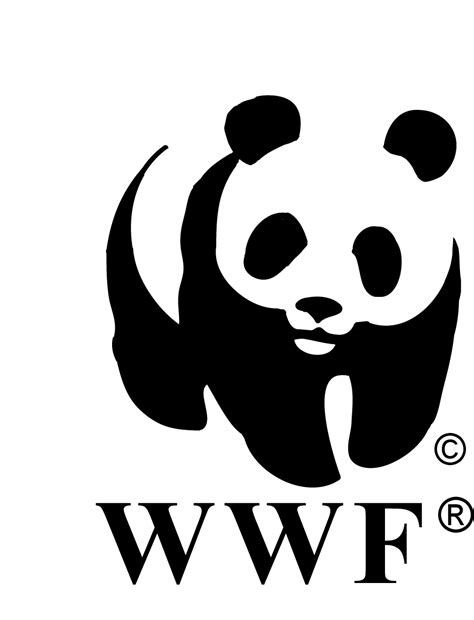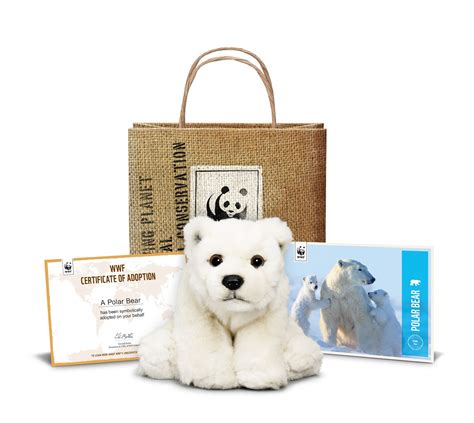World Wildlife Fund TV commercial - Home: Polar Bears

Table of contents
- About World Wildlife Fund TV Commercial, 'Home: Polar Bears'
- Videos World Wildlife Fund TV Commercial, 'Home: Polar Bears'
- Actors who starred in World Wildlife Fund TV Commercial, 'Home: Polar Bears'
- Advertisers of World Wildlife Fund TV Commercial, 'Home: Polar Bears'
- Good advertised in the World Wildlife Fund TV Commercial, 'Home: Polar Bears'
- Similar commercials
What the World Wildlife Fund TV commercial - Home: Polar Bears is about.
Title: Home: Polar Bears - A Heartrending TV Spot by World Wildlife Fund
Introduction:The World Wildlife Fund (WWF), renowned for its unwavering dedication to conservation and the protection of endangered species, has long been at the forefront of environmental activism. In one of their most powerful TV spots, titled 'Home: Polar Bears,' the WWF aims to highlight the alarming threats faced by polar bears due to climate change and other human activities. This emotionally charged advertisement serves as a wake-up call, urging viewers to take immediate action to protect the Arctic habitat that these magnificent creatures call home.
Summary:The 'Home: Polar Bears' TV spot takes viewers on an unforgettable journey into the fragile yet breathtaking world of polar bears. The commercial masterfully combines striking visuals, immersive sound effects, and thought-provoking narration to raise awareness about the dire situation faced by these majestic animals.
The spot opens with panoramic shots of the pristine Arctic landscape, its icy plains and crystal-clear waters serving as scenes of tranquility and natural beauty. Drawing viewers closer to the screen, the focus shifts to a mother polar bear and her cubs, capturing the tenderness and vulnerability of their bond.
As the narration begins, the tone transitions to a deeply emotional one, outlining the imminent threats to the polar bears' habitat. The narrator, employing a compassionate and urgent voice, describes the alarming rate at which the Arctic ice is melting. The melting ice atop the polar bears' traditional hunting grounds poses a grave risk to their survival, forcing them to swim longer distances in search of food.
Accompanied by heart-wrenching imagery, the footage depicts arduous journeys undertaken by the polar bears, swimming through vast stretches of open water, desperately searching for ice floes that are becoming increasingly scarce. The viewer witnesses the exhaustion etched on their faces as they struggle to find a stable platform for resting and hunting.
The TV spot then unveils the unfortunate realities of climate change. Powerful scenes depict polar bear cubs separated from their mothers, stranded and disoriented on floating ice floes that are rapidly dwindling in size. The narration reminds viewers that this heartrending separation is a result of the shrinking ice cover, infringing on the polar bears' ability to reproduce and raise their young.
In the closing moments, the commercial transitions to a call to action. The WWF logo appears on the screen, along with a simple message urging viewers to support the organization's efforts. The TV spot concludes, leaving a lasting impact and compelling viewers to ponder their own role in safeguarding
World Wildlife Fund TV commercial - Home: Polar Bears produced for World Wildlife Fund was first shown on television on November 22, 2021.
Frequently Asked Questions about world wildlife fund tv spot, 'home: polar bears'
Videos
Watch World Wildlife Fund TV Commercial, 'Home: Polar Bears'
We analyzed TV commercials placed on popular platforms and found the most relevant videos for you:
Actors
Actors who starred in World Wildlife Fund TV Spot, 'Home: Polar Bears'
Advertisers
Advertisers of the World Wildlife Fund TV Spot, 'Home: Polar Bears'
World Wildlife Fund
The World Wildlife Fund (WWF) is a global non-profit organization dedicated to conserving the world's most vulnerable species and ecosystems. With a vision to create a future where people and nature t...
Products
Products Advertised
TV commercials
Similar commercials















